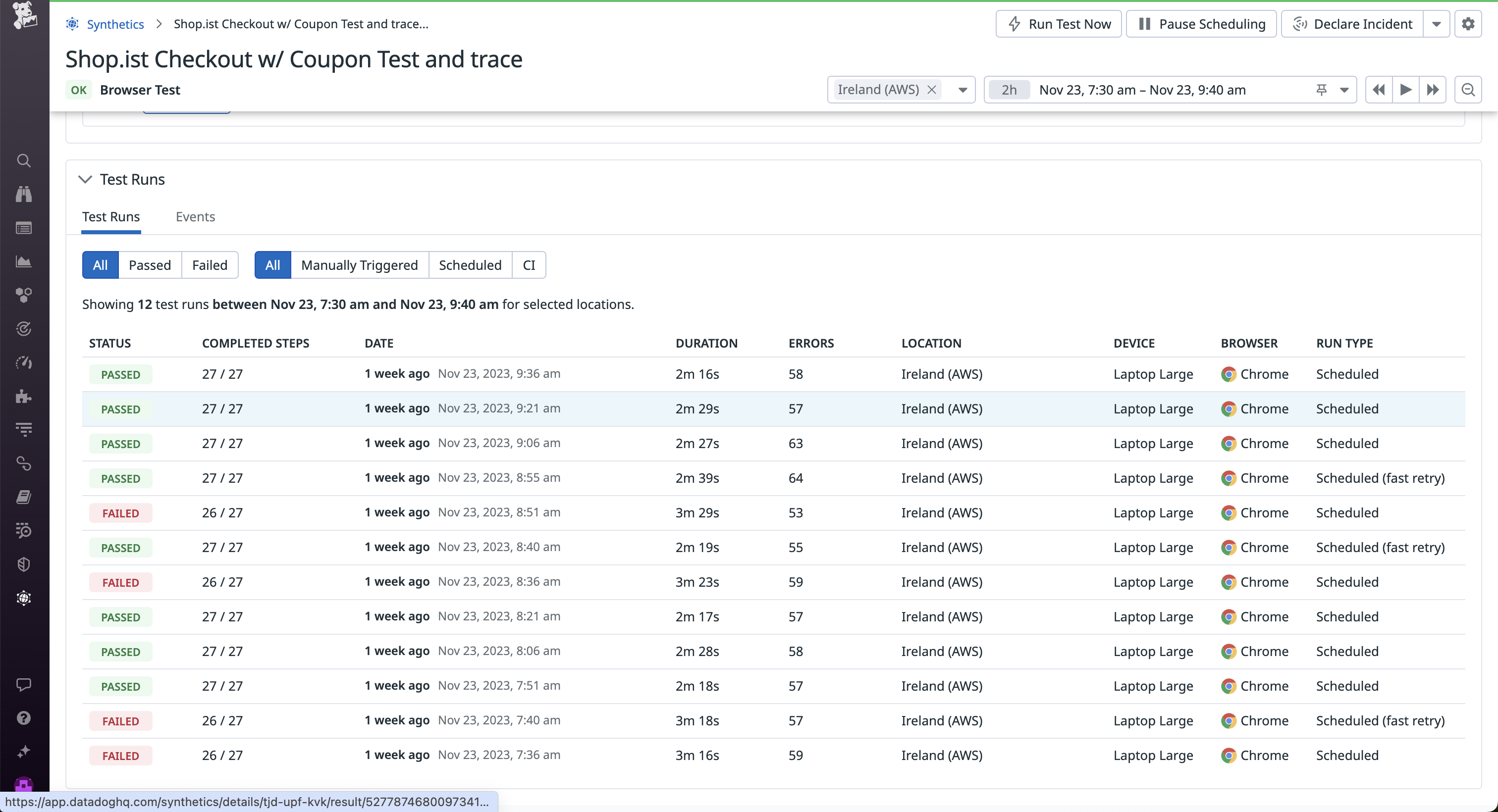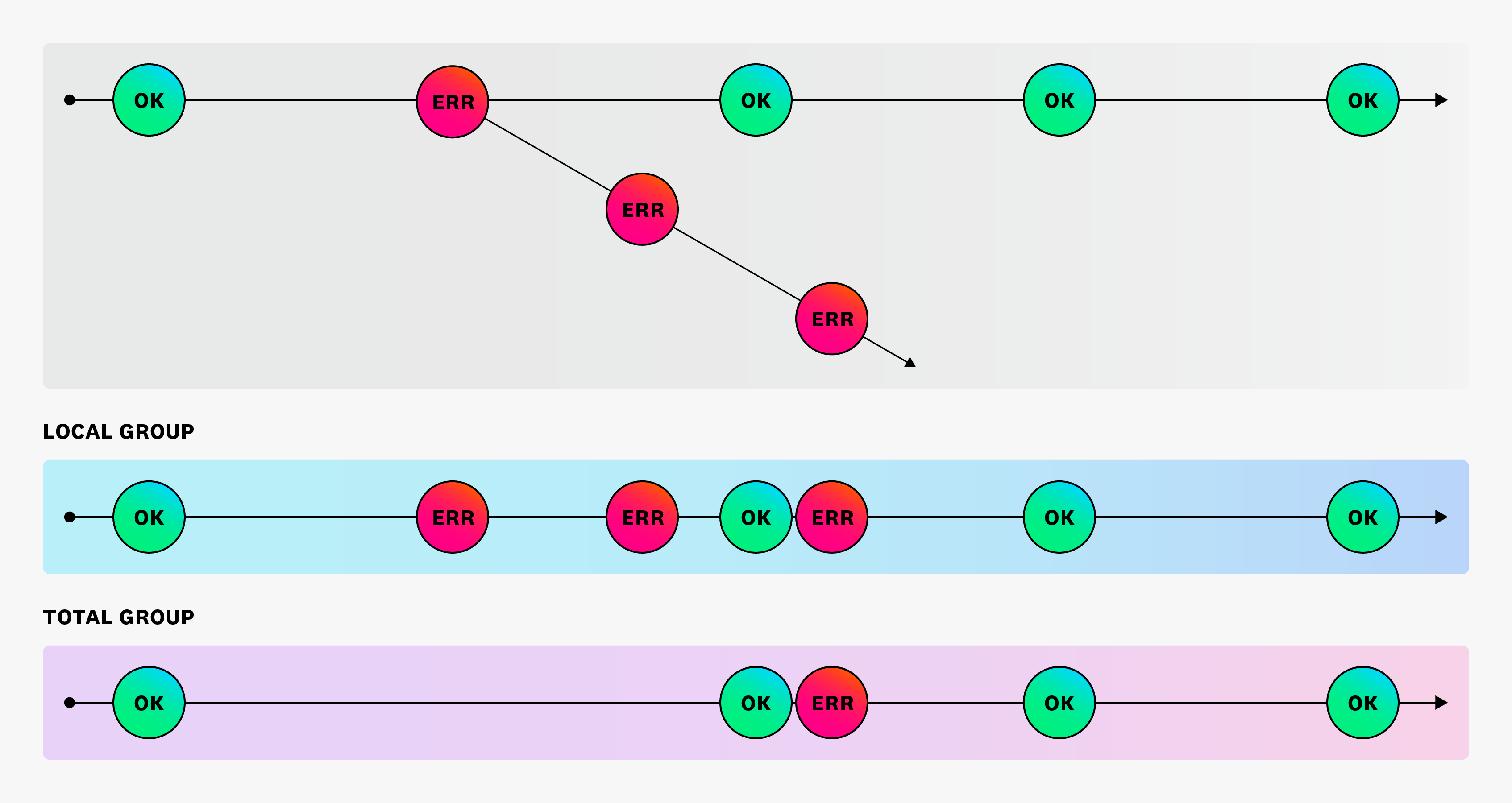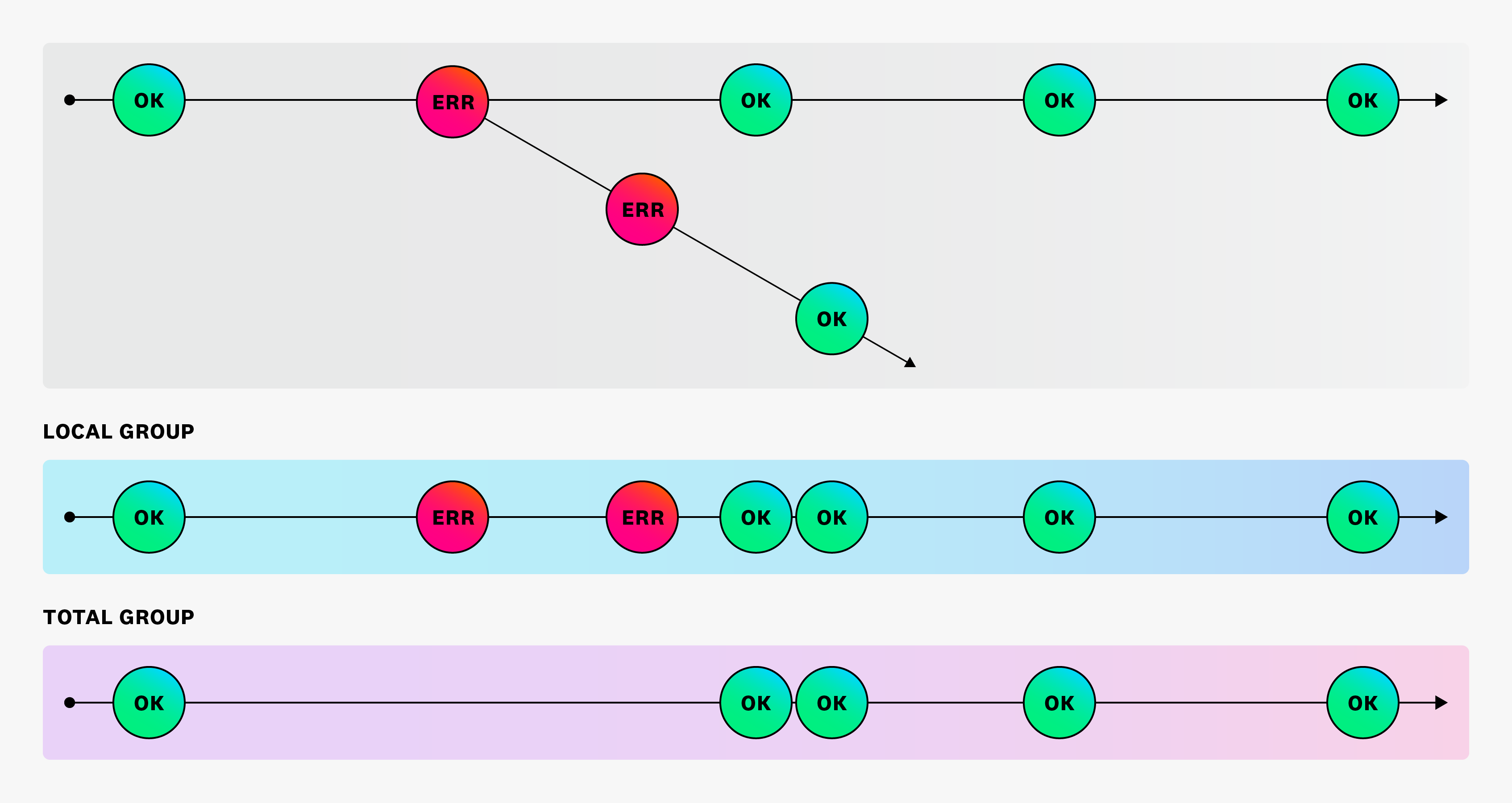- 重要な情報
- はじめに
- Datadog
- Datadog サイト
- DevSecOps
- AWS Lambda のサーバーレス
- エージェント
- インテグレーション
- コンテナ
- ダッシュボード
- アラート設定
- ログ管理
- トレーシング
- プロファイラー
- タグ
- API
- Service Catalog
- Session Replay
- Continuous Testing
- Synthetic モニタリング
- Incident Management
- Database Monitoring
- Cloud Security Management
- Cloud SIEM
- Application Security Management
- Workflow Automation
- CI Visibility
- Test Visibility
- Intelligent Test Runner
- Code Analysis
- Learning Center
- Support
- 用語集
- Standard Attributes
- ガイド
- インテグレーション
- エージェント
- OpenTelemetry
- 開発者
- 認可
- DogStatsD
- カスタムチェック
- インテグレーション
- Create an Agent-based Integration
- Create an API Integration
- Create a Log Pipeline
- Integration Assets Reference
- Build a Marketplace Offering
- Create a Tile
- Create an Integration Dashboard
- Create a Recommended Monitor
- Create a Cloud SIEM Detection Rule
- OAuth for Integrations
- Install Agent Integration Developer Tool
- サービスのチェック
- IDE インテグレーション
- コミュニティ
- ガイド
- API
- モバイルアプリケーション
- CoScreen
- Cloudcraft
- アプリ内
- Service Management
- インフラストラクチャー
- アプリケーションパフォーマンス
- APM
- Continuous Profiler
- データベース モニタリング
- Data Streams Monitoring
- Data Jobs Monitoring
- Digital Experience
- Software Delivery
- CI Visibility (CI/CDの可視化)
- CD Visibility
- Test Visibility
- Intelligent Test Runner
- Code Analysis
- Quality Gates
- DORA Metrics
- セキュリティ
- セキュリティの概要
- Cloud SIEM
- クラウド セキュリティ マネジメント
- Application Security Management
- AI Observability
- ログ管理
- Observability Pipelines(観測データの制御)
- ログ管理
- 管理
Synthetic テストのリトライがモニターステータスにどのように影響を与えるかを理解する
概要
To reduce alert fatigue, Synthetic tests can be retried when a test run fails. If you have configured a test to be retried on failures, this is a fast retry.
With a fast retry, Datadog runs a Synthetic test multiple times before transitioning the test’s monitor to alert and sending you a notification. For more information about monitors associated with your Synthetic tests, see Use Synthetic Test Monitors.
Group evaluations
While fast retry results are used in the local group evaluation, only the final retry is taken into account in the total group evaluation. The original run and all intermediate retries are discarded from the evaluation.
- Local Group Evaluation
- Evaluation of the location status.
- トータルグループ評価
- テストステータスの評価。
A run that is still failing after it has reached the maximum number of retries is considered final, and this final result is taken into account in the total group evaluation.
Retries that overlap with other test runs
In this example, a Synthetic test is scheduled to run every three minutes, and has a retry configured to a maximum of two times with a delay of two minutes.
The evaluation only takes the final retry into account for the total group evaluation.
When all retries fail:
Or when a retry is successful:
Note: Depending on what you set for the minFailureDuration and minLocationsFailed parameters, you may see different behavior.
Timestamps
The system populates the timestamp for a final result with the time when the test was retried, not the time the test was originally scheduled. Results are considered at the timestamp when the test was started. Due to the test’s execution time, there may be a small delay before the results become available for the evaluation.
参考資料
お役に立つドキュメント、リンクや記事:



